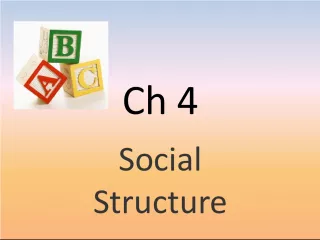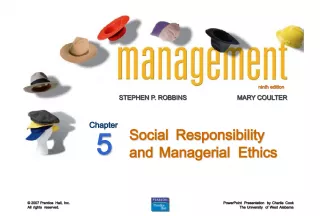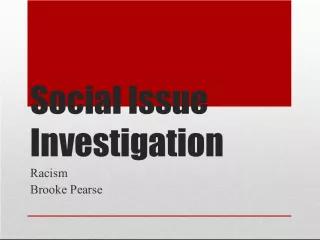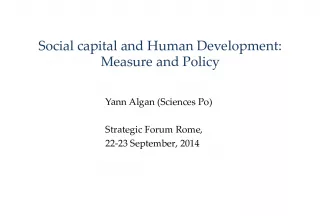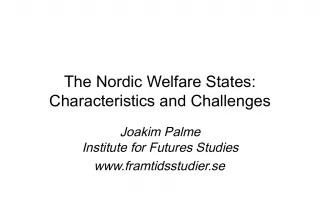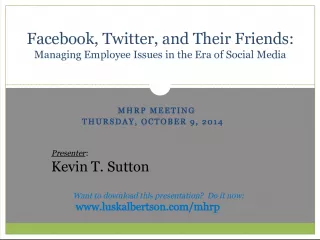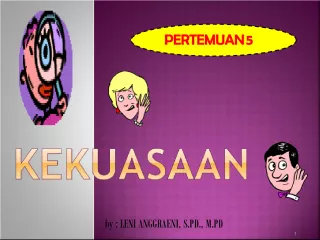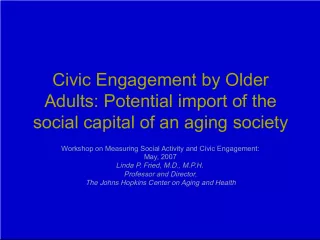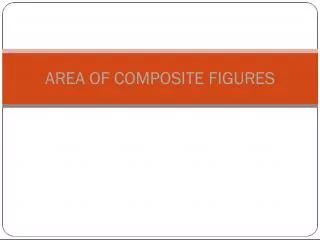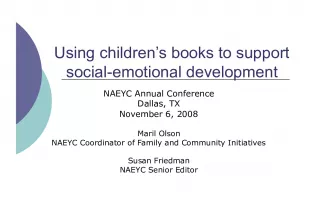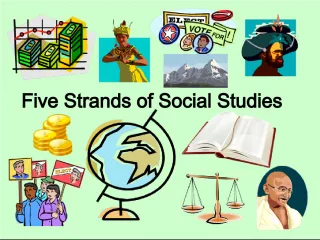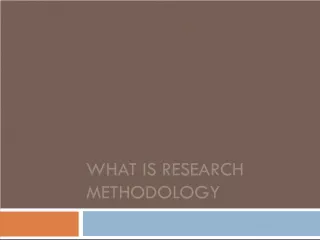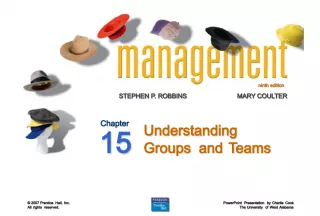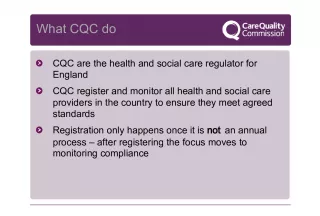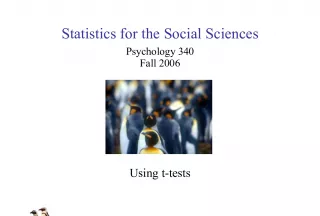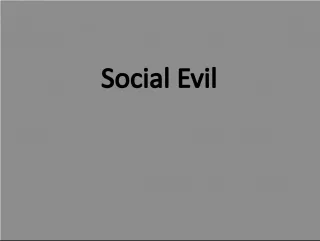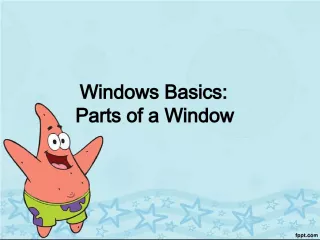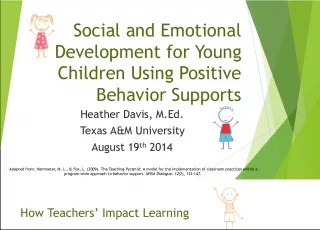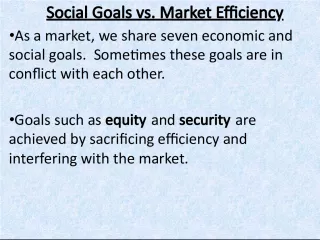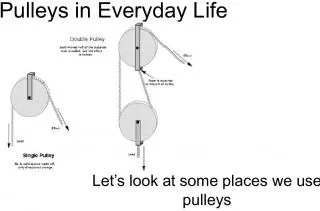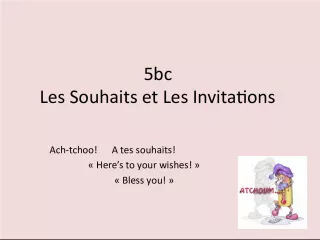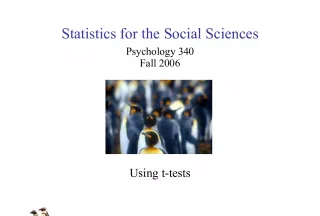Understanding Social Structure and Social Status


This article explores the concept of social structure, which refers to the underlying patterns of relationships within a group. We all carry a "social map" that we have learned based on our cultural background,
- Uploaded on | 1 Views
-
 karl-werner
karl-werner
About Understanding Social Structure and Social Status
PowerPoint presentation about 'Understanding Social Structure and Social Status'. This presentation describes the topic on This article explores the concept of social structure, which refers to the underlying patterns of relationships within a group. We all carry a "social map" that we have learned based on our cultural background,. The key topics included in this slideshow are . Download this presentation absolutely free.
Presentation Transcript
Slide1Social Structure
Slide2Social Structure• The underlying patterns of relations in a group. • We carry a “social map” for situations that we have learned . • Components: • Culture • social class • social status • Roles • Groups • social institutions • All components work together to maintain social order by limiting, guiding, and organizing human behavior.
Slide3Social Status• Social Status describes the position that a person occupies in society or social group. • Serve as guides for our behavior • Sets limits on what we can and cannot do • EX: son, daughter, teacher, student, worker • Roles: An expected behavior associated with a particular status. • Occupy a status but you play a role. • Ex: Status male; acting tough role
Slide4Cont.• Ascribed Statuses: inherited at birth or receives involuntary later in life • race, sex, social class of parents • Achieved Statuses: voluntary, earned or accomplished • student, friend, spouse, dropout (positive or negative) • “Status set”: all the statuses or positions an individual occupies. • Social worker, mother, sister etc. • Master Status : a position that strongly affects most other aspects of a person’s life. • sex, race, age) • “Status inconsistency”: refers to a contradiction or mismatch between statuses. (gas station attendant with a Ph.D.)
Slide5Roles• Role Conflict: what is expected of us in one role is incompatible with what is expected of us in another role; conflict between role. • Roles: son, student, friend, worker • Conflict: all want different things from you on the same day (visit someone, b-day party, study, called to work) • Role Strain : the same role presents inherent conflict; conflict within a role • Role: student • Strain: do well • Role exit: refers to the ending of a role, including the adjustments people make when they face not “being” what they formerly were.
Slide6Social Institutions• A system of statuses, roles, values, and norms that is organized to satisfy one or more of the basic needs of society . • Family • Economic Institutions • Political Institutions • Education • Religion • Institutions of Family • Statuses: mother, father, child #1, child #2 • Role expectations: Dad & mom work, teenagers help, babies play, etc • Values: All for one, and one for all • Norms: Help in need • Types of Societies • Preindustrial: Hunter Gatherer and Agricultural Societies • Industrial: shift of from production of food to manufactured goods. • Postindustrial: economic activity centers on the production of information and services.
Slide7Gemeinschaft and GesellshaftContrasting Societies • Gemeinschaft: Cmmunity • “Intimate Community”: • Ferdinand Tonnies • Describes village life, the type of society in which everyone knows everyone else. • Example: Amish • Believed that the new society was crowding out family and friendships. This new type…. • Gesellshaft: Society • “Impersonal Association” : • Believed that the ties between families and friends had shrunk in importance. • Example: City Life • Social structure set the context for what we do, feel, and think, and ultimately, then, for the kind of people we become.
Slide8Cultural Variations• What cultural variations (differences) exist in our American culture? • Subcultures: a goup with its own unique values, norms and behaviors. • Teenagers, ethnic groups, motorcycle enthusiasts, Amish • http://www.everydaysociologyblog.com /2012/03/subcultures-among-us-the- amish.html • Countercultures: A subculture who rejects values, norms, and practices of the larger society and replaces it with a new set of cultural patterns. • Satanists, motorcycle gangs and the mafia .
